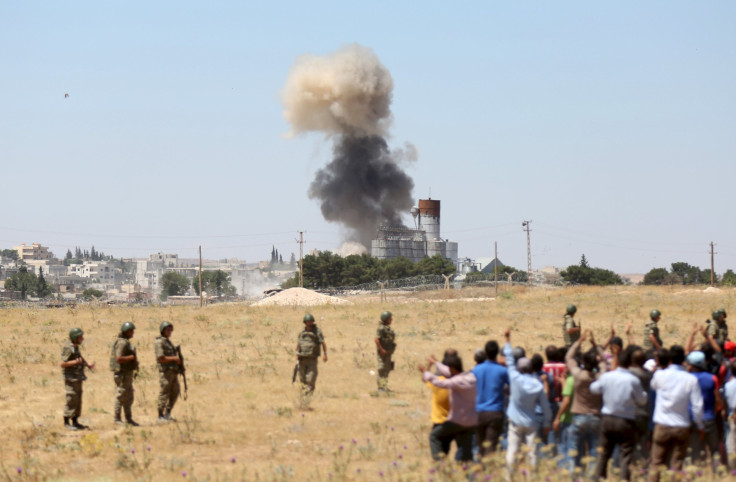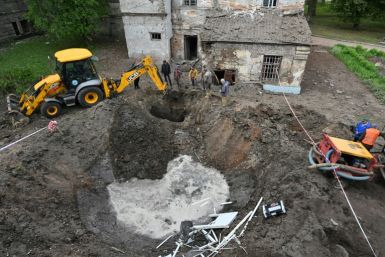Environmental damage caused by ISIS attack on Libya captured by NASA from space

Images taken by NASA from space show the recent ISIS attack on Libyan oil production and storage facilities in worrying detail. The photographs have been taken by NASA’s Earth Observatory.
The images show thick poisonous smoke emanating from the facilities which burnt uncontrollably after the battles that took place between Jan. 4 and Jan. 6, 2016. The satellite images show the environmental damage caused by the ISIS militants as a result of the attack.
Five oil storage tanks were damaged in ISIS shelling on two oil terminals near Sidra and Ra’s Lanuf, on the coast of the Mediterranean Sea between Sirte and Benghazi. The attack left 10 guards dead and 40 injured, reports the Gizmodo.
NASA later released photos of the burning oil tanks. Three satellites took the pictures, according to NASA Observatory blog.
The blog says that on Jan 6, 2016, NASA’s Aqua satellite captured an image of smoke plumes rising from the fires and blowing to the east and northeast. The next day, the winds had shifted, driving the smoke southeast. This was captured by NASA’s Terra satellite. The third, and also the closest, photograph was taken by European Space Agency’s Sentinel 3.
The blog cited news reports , saying that five storage tanks, each believed to contain 420,000 to 460,000 barrels of oil, were burning. It warned that the particulate matter and other chemicals in the smoke can cause respiratory and other health problems.
The blog recalled that during the Persian Gulf War in 1991, astronauts on the space shuttle played an important role in documenting an environmental tragedy when Iraqi troops set afire oil wells across Kuwait. In 2010, the spread of oil was documented by satellite-based and airborne instruments during the Deepwater Horizon spill in the Gulf of Mexico.






